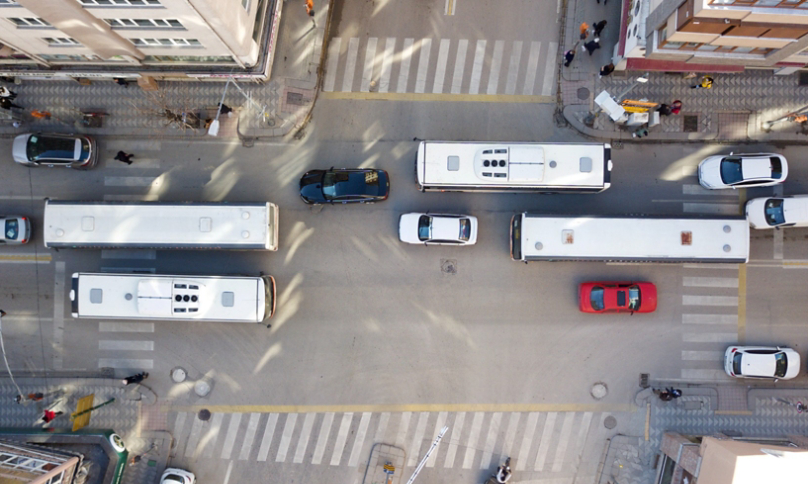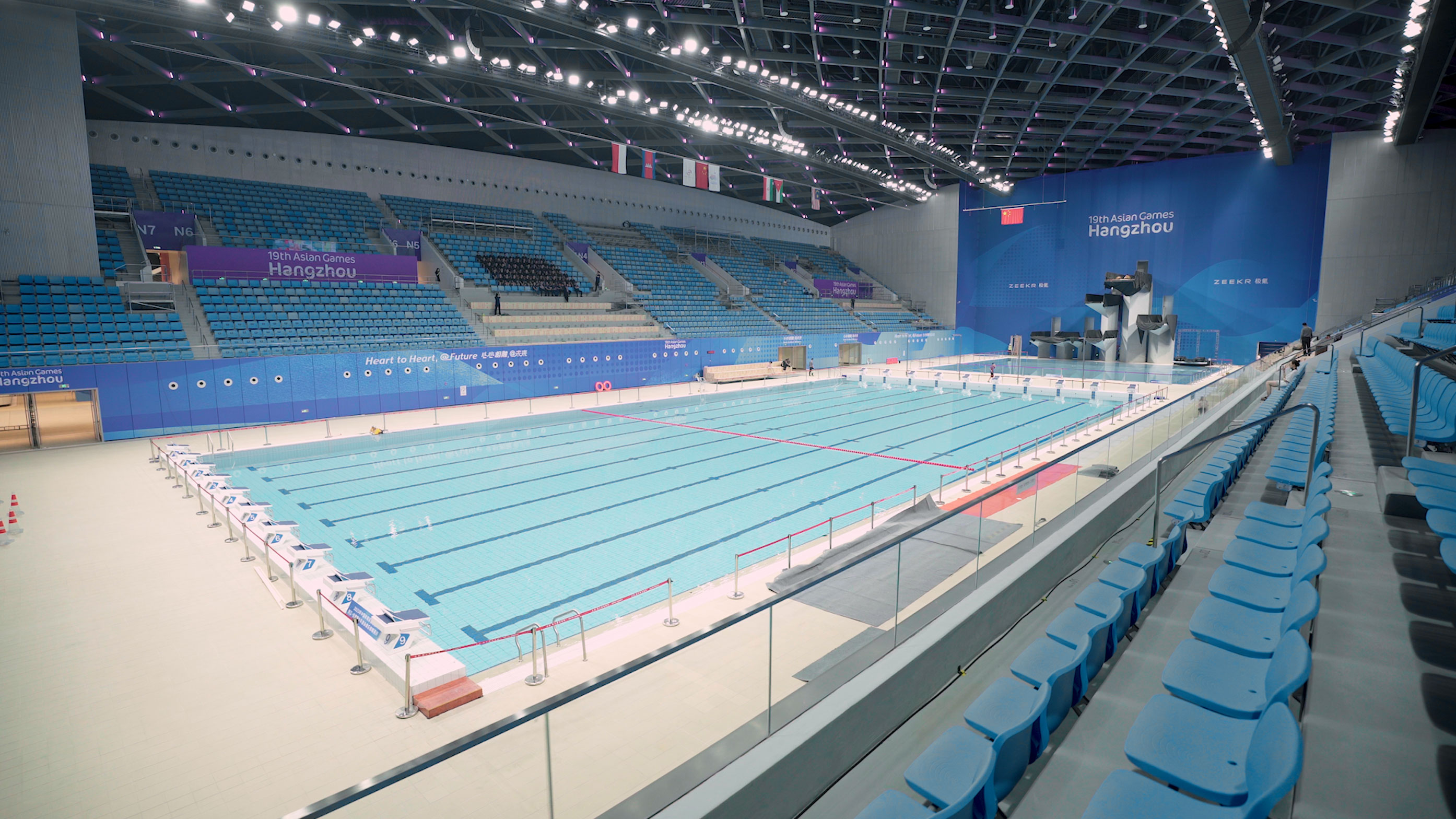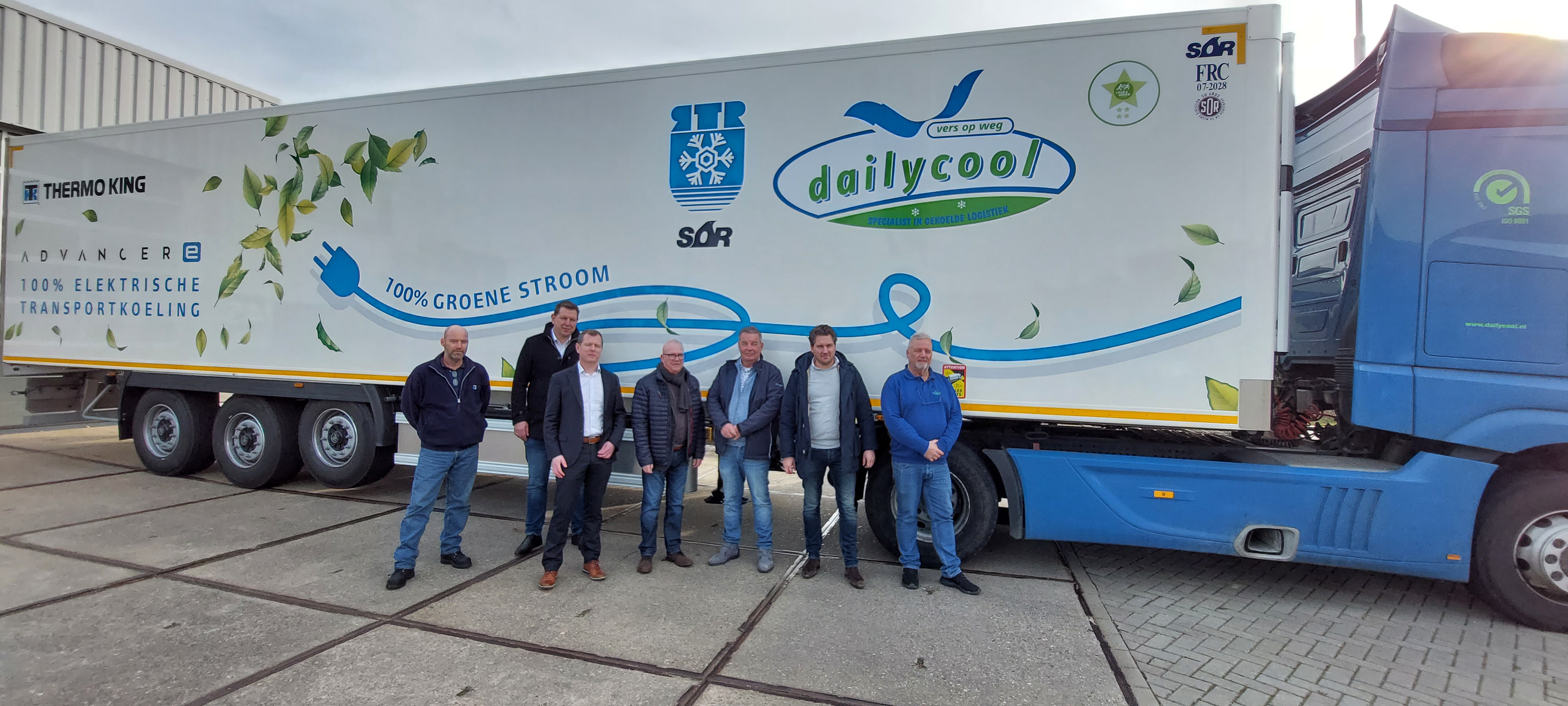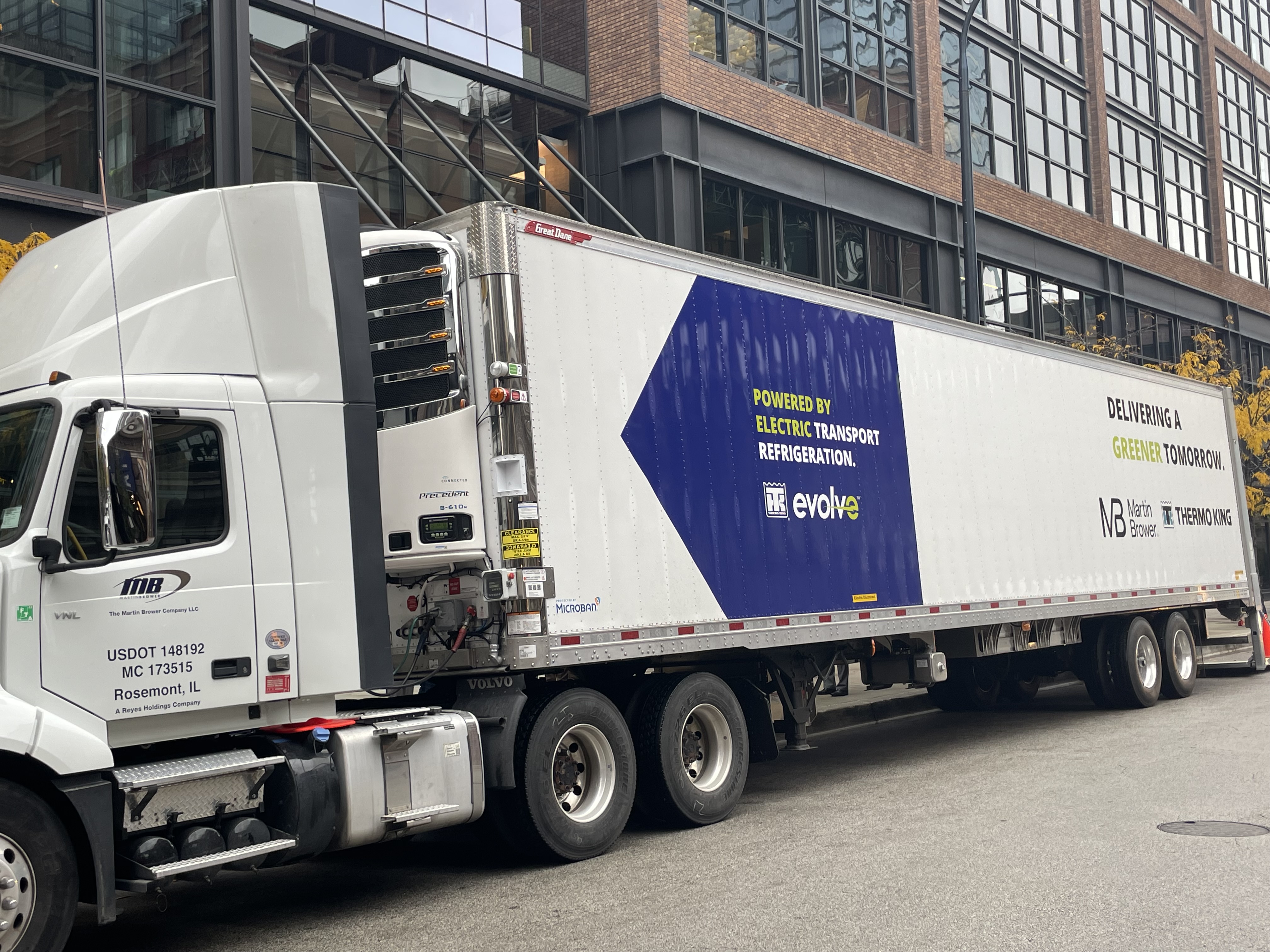Public transit agencies across the United States — especially bus systems — have been hit hard by the pandemic and have experienced steep declines in ridership. Yet getting more people to use city buses, subways and trains could help accelerate an equitable and more sustainable economic recovery, while reducing traffic and carbon emissions.
In 2019, according to the American Public Transportation Association, Americans took 9.9 billion trips on public transportation. Unfortunately, at the height of the pandemic in 2020, some cities experienced a nearly 90% decline in bus ridership, which had a direct impact on local economic growth and productivity. Buses offer an affordable mode of transportation and ensure people — including those from lower-income and underserved groups — can safely get to work, school, places of worship, doctor appointments, grocery stores and entertainment venues.
Some municipalities are harnessing transportation infrastructure funds and new technology to ensure transit systems remain safe and sustainable. Here are three ways public bus systems are transforming to increase ridership confidence and overall sustainable travel post-pandemic:
1. Digital Monitoring and IoT
The potential of digital applications and solutions for public transit is endless. Sensing devices and IoT technology are becoming more robust and low-cost, providing useful data for municipalities, fleet managers and even riders.
In Sweden, a recent study used wireless sensors on city buses to monitor real-time air pollution. The sensors gave more accurate data on highly polluted urban areas, which led to better-informed city planning decisions and air quality improvement efforts.
Telematics technology is also becoming a way to provide transportation fleet managers with real-time data to help identify and address things like temperature control, fuel levels, optimal driving routes, operating efficiencies and more. Predictive analytics allows for quick maintenance and better energy management, which is critical to addressing environmental impact.
In addition, riders can benefit from sensing technology and data analytics. Apps like Moovit and Transit anticipate which buses are likely to be crowded. Travelers can use this data to better plan their journeys. However, not everyone can afford to plan their commute according to when a bus is less crowded. That’s why innovation in air cleaning technologies is needed to ensure that even full buses can be safe.
2. Air Purification Systems
At the height of the Covid-19 pandemic, transit agencies put certain protocols in place (mandatory mask-wearing, social distancing, frequent sanitization procedures, activation of ventilation systems) to help passengers feel safer.
However, all these procedures still might not guarantee that the air is free of airborne pathogens that could cause illness. Air purification technologies can help address concerns about contaminants in the air that potentially make it less healthy. They can also help reduce certain volatile organic compounds (VOCs) in the air that contribute to bad odors, therefore creating a better — and more comfortable — passenger experience.
The pandemic has certainly helped accelerate indoor air quality innovation for buildings and other indoor spaces, but the transportation sector can also benefit. There’s a caveat, of course — the environment inside a public transit vehicle, including how the air circulates, can be very different from that of an office or restaurant. Due to the high occupant density, these spaces are also extremely vulnerable to the transmission of airborne diseases (as demonstrated by the examples of a New York subway vehicle and a passenger bus in China).
The American Society for Heating, Refrigeration and Air-Conditioning Engineers (ASHRAE) recommends transport vehicles use high-efficiency particulate air filters (HEPA) to capture unwanted airborne contaminants. Yet emerging technologies, such as graphene-enhanced photocatalytic oxidation, may pave the way for even safer and healthier public transit.
For example, our brand Thermo King, recently launched an air purification solution that can be integrated in a bus’ heating, ventilation and air conditioning (HVAC) unit. It continuously purifies air while a bus is in operation.


















